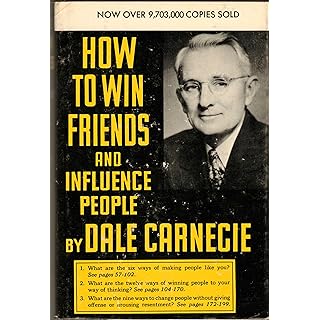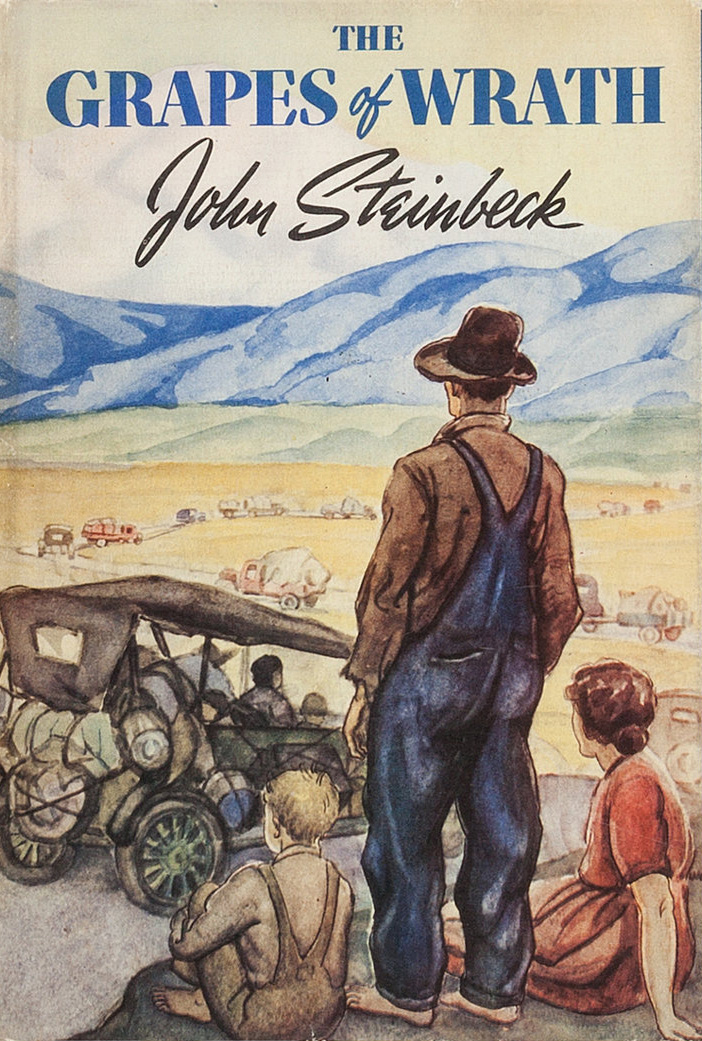


 published 1936.
published 1936.
Explores the depth of human passions with an intensity as bold as its setting in the red hills of Georgia. It vividly depicts the drama of the Civil War and Reconstruction in this story of Scarlett O’Hara, the spoiled, manipulative daughter of a wealthy plantation owner, who arrives at young womanhood just in time to see the Civil War forever change her way of life.
published 1937.
An unlikely pair; George and Lennie have formed a "family," clinging together in the face of loneliness and alienation. Both laborers in California's dusty vegetable fields, they hustle work when they can, living a hand-to-mouth existence. But George and Lennie have a plan: to own an acre of land and a shack they can call their own.A portrait of two men facing a world marked by petty tyranny, misunderstanding, jealousy, and callousness. Friendship and a shared dream that makes an individual's existence meaningful.
published 1931.
Irma Rombauer announced that she intended to turn her personal collection of recipes and cooking techniques into a cookbook. Cooking could no longer remain a private passion for Irma. She had recently been widowed and needed to find a way to support her family. Irma was a celebrated St. Louis hostess who sensed that she was not alone in her need for a no-nonsense, practical resource in the kitchen. So, mustering what assets she had, she self-published The Joy of Cooking: A Compilation of Reliable Recipes with a Casual Culinary Chat. Out of these unlikely circumstances was born the most authoritative cookbook in America, the book your grandmother and mother probably learned to cook from. To date it has sold more than 15 million copies.
 published 1936.
published 1936.
Since its release in 1936, How to Win Friends and Influence People has sold more than 15 million copies. Dale Carnegie's first book is a timeless bestseller, packed with rock-solid advice that has carried thousands of now famous people up the ladder of success in their business and personal lives. Learn the six ways to make people like you, the twelve ways to win people to your way of thinking, and the nine ways to change people without arousing resentment.

Fair and long-legged, independent and articulate, Janie Crawford sets out to be her own person—no mean feat for a black woman in the '30s. Janie's quest for identity takes her through three marriages and into a journey back to her roots.
 published 1939.
published 1939.
Epic of the Great Depression chronicles the Dust Bowl migration of the 1930s and tells the story of one Oklahoma farm family driven from their homestead and forced to travel west to the promised land of California. Out of their trials and their repeated collisions against the hard realities of an America divided into haves and have-nots,a portrait of the conflict between the powerful and the powerless, capturing the horrors of the Great Depression and probes the very nature of equality and justice in America.
The Shadow, an unrelenting defender of justice, appeared as the title character in 325 novel-length adventures in The Shadow magazine, making it the first and most important of the character, or hero, pulps.The character is best remembered for the radio series that ran from 1937 to 1954, with episodes punctuated by such memorable phrases as "Who knows what evil lurks in the hearts of men? The Shadow knows!" and "The weed of crime bears bitter fruit. Crime does not pay. The Shadow knows!"
Vallee's Fleischmann Hour, began broadcasting in 1929, a weekly one-hour variety show on NBC radio. Stars made their debuts and later became radio stars themselves. Rudy Vallee became a sought-after supporting actor in Hollywood films, an important pioneer in radio variety shows, and much later a musical comedy star on Broadway.
The Amos 'n' Andy Show, created by entertainers Freeman Gosden and Charles Correll, two white performers with southern roots.Theradio show debuted in 1928 on Chicago radio station. Gosden played Amos, an earnest and hardworking young black man, and Correll played Andy, his more worldly, somewhat shiftless friend. The two white actors adopted stereotypical dialect, intonations, and character traits that had been established in the blackface minstrel tradition in the 1800s. The radio show quickly gained a large audience, and from 1929 on it was broadcast nightly from coast to coast. In 1931 40 million listeners tuned in each night to their radio show, at times capturing 74 percent of the potential listening audience. It was the first serialized radio program to have a continuous story line woven through nightly episodes. As such, it was the pioneer of the soap opera and the television situation comedy.